Introduction: instructor: Jay
Process sensors: petrochemical, pharmaceutical and semiconductor industries
Position sensors: vehicles and air crafts
Motion sensors: smartphone and security systems
Ergonomic sensors: tablets, PCs, and phones
Chemical sensors: protect from fire and toxic vapor hazards
Electrical sensors: lab instruments and security systems
The output of the ADC is typically 8, 12, 16, or 24 bits. Data from an 80C is usually converted to a serial format such as I2C, spy, or RS 232.
Thermal sensors:
Thermocouple: up to 1800 degrees Celsius
RTD resistance temperature detector: the resistance of metal increases as the temperature increases. For platinum, all most linear. More precise. up to 800 degrees Celsius.
Thermistor: entered semi-conductor or metal oxide particles
NTC thermistor: exhibit a large decrease in electrical resistance for a relatively small increase in temperature. Their small package size makes them ideal for measuring temperature in phones and computers.
Infrared sensor: the only non-contact temperature sensor.
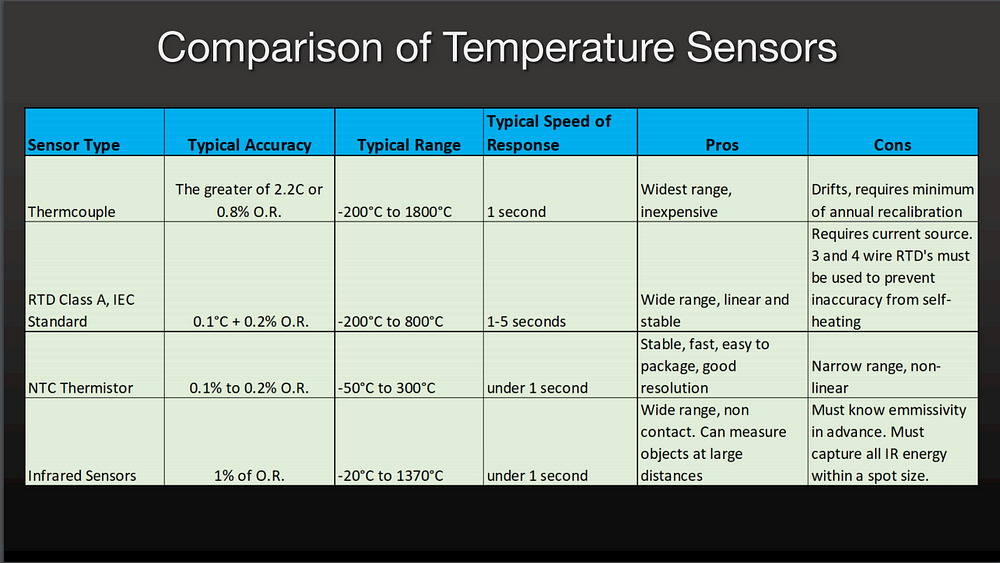
Thermistor:


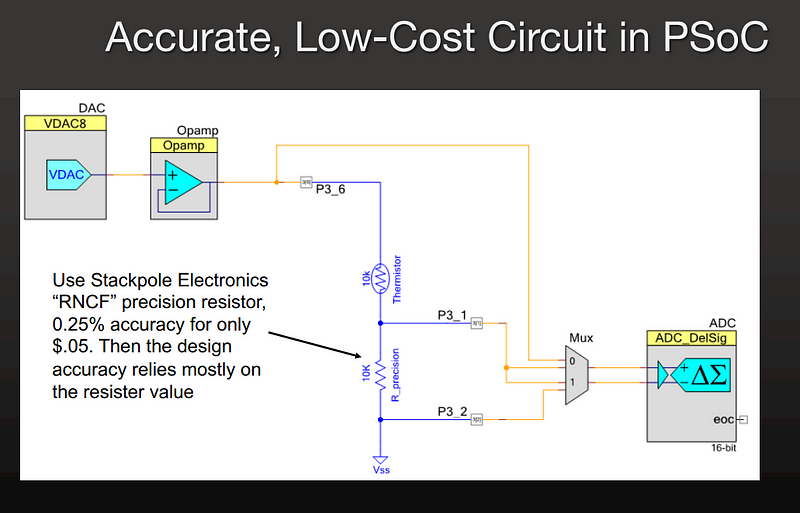
Why RTDs needs four-wire connection to keep accuracy?
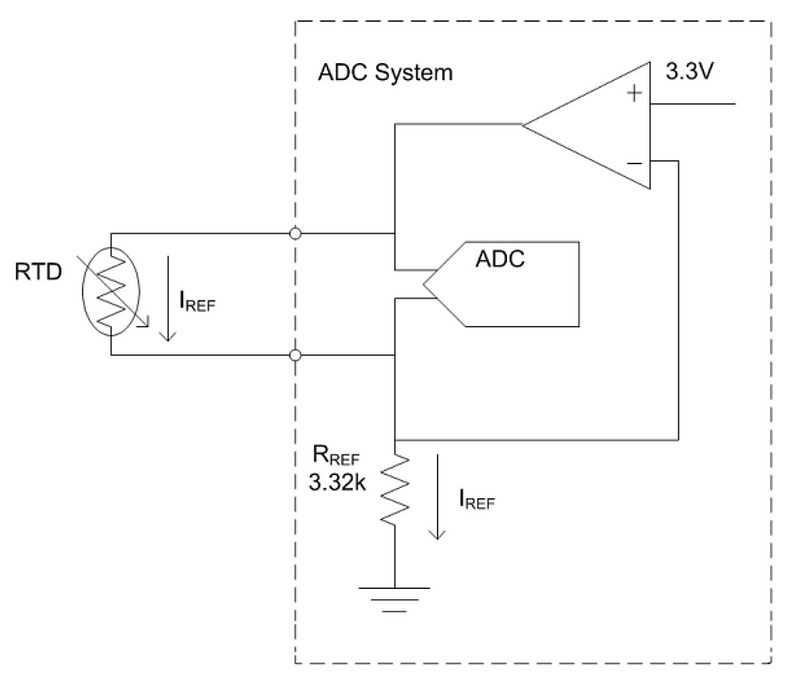
For two-wire resistance measurements, the RTD’s lead wires’ resistance will affect the measurement accuracy. The value will be RTD + 2 x Rwire.
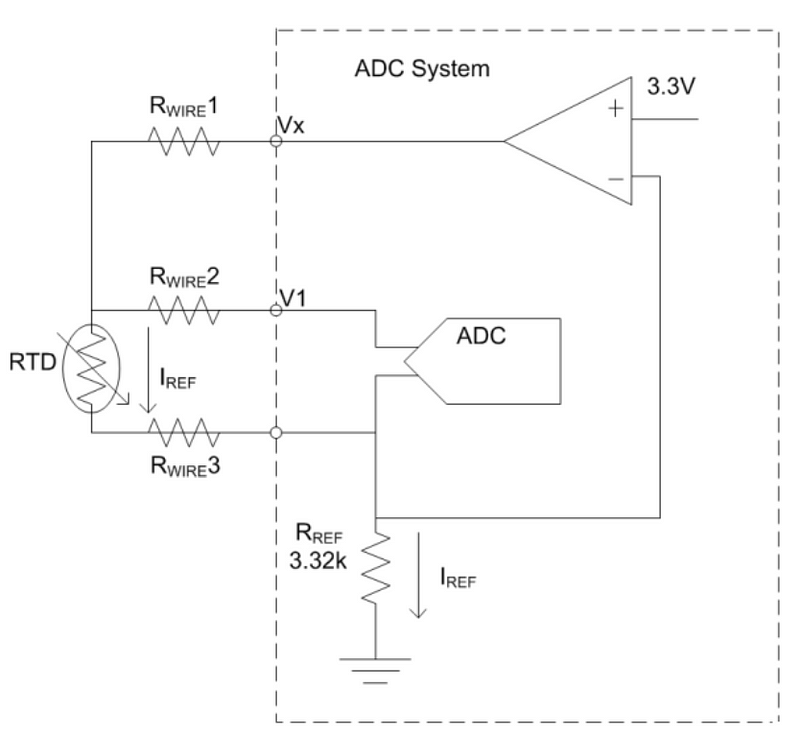
For three-wire resistance measurements, the return lead wire’s resistance will affect the accuracy of resistance measurement. The value would be RTD+Rreturn lead wire. Roughly reduces half error.
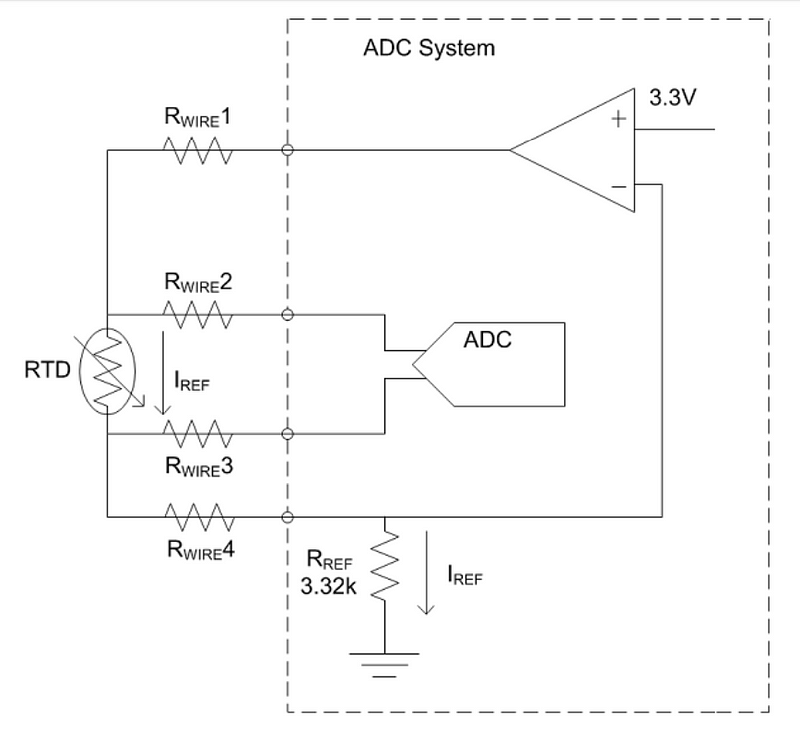
For four-wire resistance measurements, there is no current through Rwire2&Rwire3. Therefore, the voltage measurement is accurate. Then, the resistance value of RTD is accurate.
To purchase list:
- CY8CKIT-059 PSoC 5LP Prototyping Kit:

These are the part numbers typed out, so you can copy and paste them into the Digikey web site:
428–3390-ND
NHD-0216BZ-RN-YBW-ND
570–1229-ND
A105970CT-ND
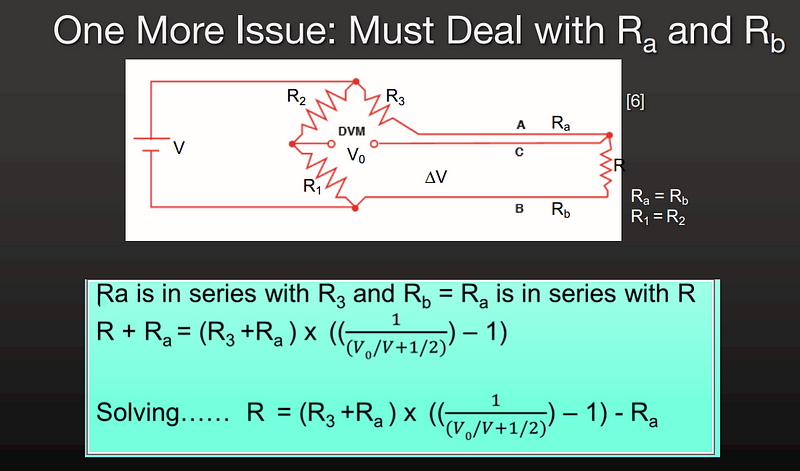
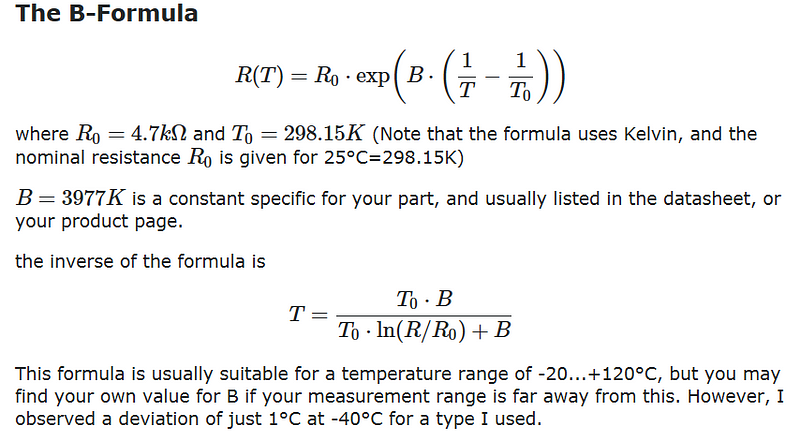
NTC thermistors can also be characterised with the B (or β) parameterequation, which is essentially the Steinhart–Hartequation with , and , where the temperatures are in kelvins, and R0 is the resistance at temperature T0(25 °C = 298.15 K).
Rotary Sensor
Type1: Incremental encoder- generates pulses to measure angular speed. Used for motor speed, rate control, and cutting devices. Found in robots, grinders, drills, lathes, and mixing equipment.
Note: good for measuring speed, not for absolute position
Type2: Absolute encloder- generates multi-bit digital words that indicate actual position directly. Used for measuring and positioning. Found in milling machines, robots, plotters, ultrasonic welders and medical equipment.
Note: always know where it is during rotation and it can also keep track of total revolutions.
Type3: Resolvers- generates a voltage corresponding to absolute angular position, per the interaction of magnetic fields of a rotor and stator. Used for extreme temperature, shock, and vibration conditions in military, aerospace, and construction equipment.
No comments:
Post a Comment